How to Stake IOTA: Complete Beginner's Tutorial
Step-by-step tutorial for staking IOTA tokens. Learn how to set up your wallet, choose validators, and start earning rewards fast.
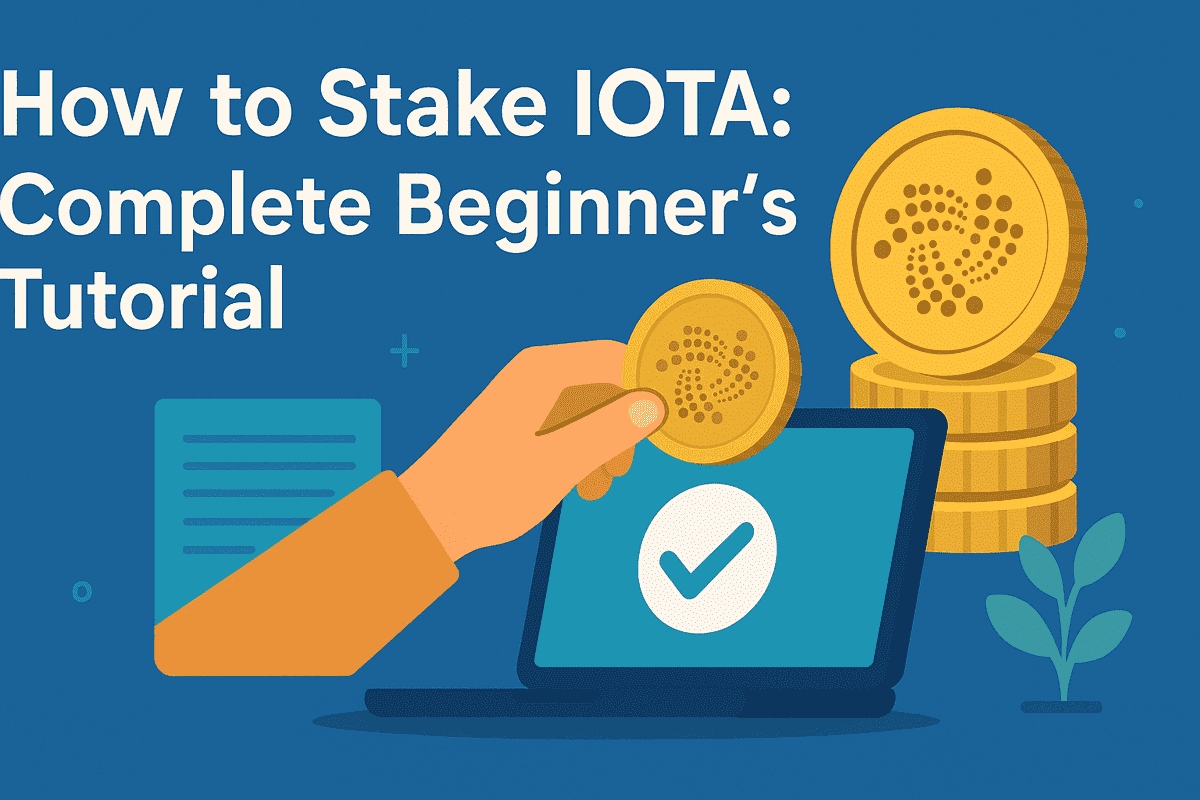
What You'll Learn
- Set up the IOTA Wallet
- Choose a validator using reliable data
- Stake IOTA
- Track rewards; switch or withdraw
Time: ~10–15 minutes
Difficulty: Beginner
Prerequisites: IOTA in your wallet
Before You Start
Requirements
- IOTA Wallet (browser extension)
- ≥ 1 IOTA (minimum stake)
- Internet connection
- Seed phrase stored offline
Safety
- Never share seed phrase
- Install wallet from official sources only
- Verify validator details in wallet/explorer
- Test with a small amount first
Step 1: Set Up the IOTA Wallet
- Install the official IOTA Wallet extension (Chrome Web Store link via iota.org/docs).
- Create a new wallet profile.
- Write down the 24-word recovery phrase on paper; store offline.
- Fund the wallet:
- Copy your IOTA receive address.
- Withdraw IOTA from your exchange/wallet.
- Wait until balance shows in wallet.
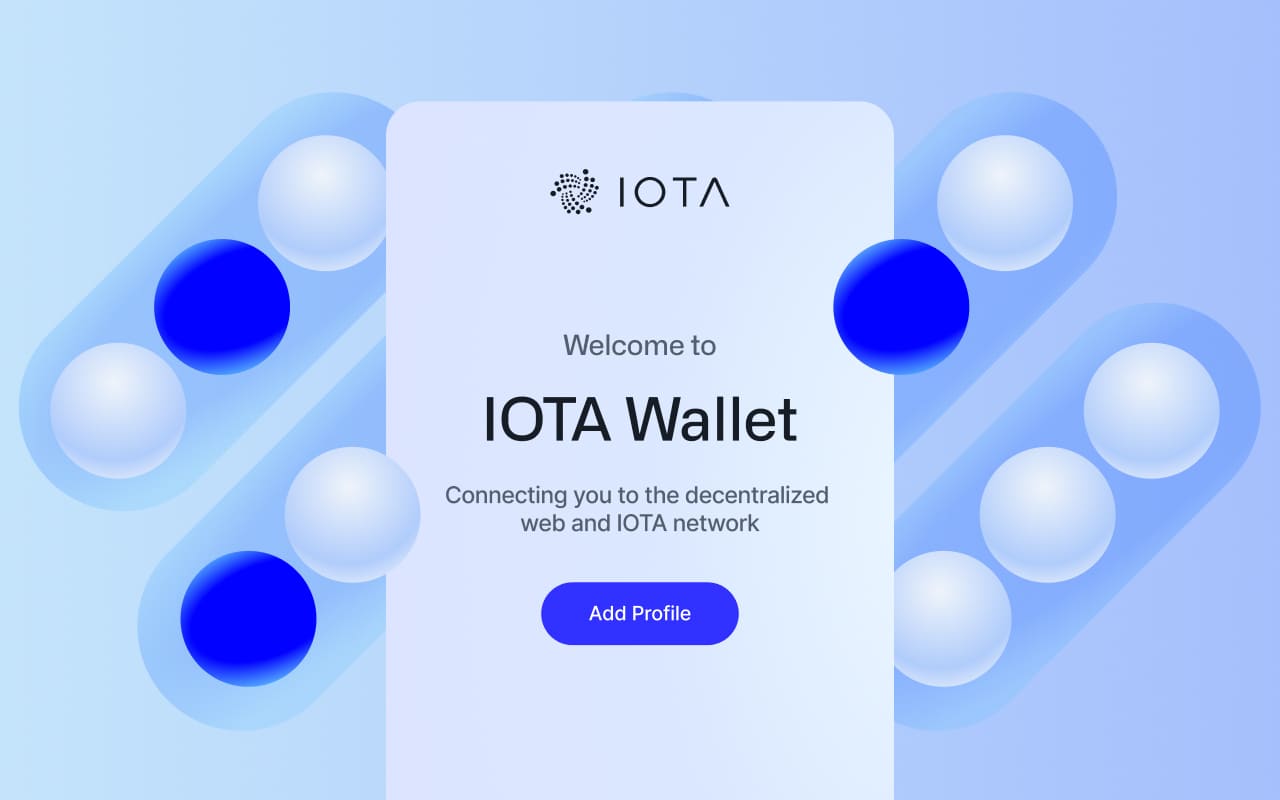
Note: Firefly is deprecated on Rebased. Use the IOTA Wallet extension.
✅ Checkpoint: Balance visible on mainnet
Step 2: Open Staking
- In the IOTA Wallet, go to Stake & Earn (or Staking in the Dashboard).
- Connect the wallet if prompted.
- Review network status in wallet/explorer:
- Current APY (variable)
- Total staked
- Active validators

✅ Checkpoint: Staking screen shows available validators
Step 3: Choose a Validator
Selection criteria:
- Uptime/performance history
- Commission rate (verify; ranges vary)
- Pool size/distribution (avoid over-concentration)
- Clear operator identity and track record
Tools:
- Wallet validator list
- Official Explorer validators: https://explorer.iota.org/validators
How:
- Click Browse Validators.
- Filter/sort by uptime, commission, stake.
- Open a validator detail page; confirm address/pool ID.
- Click Select Validator.
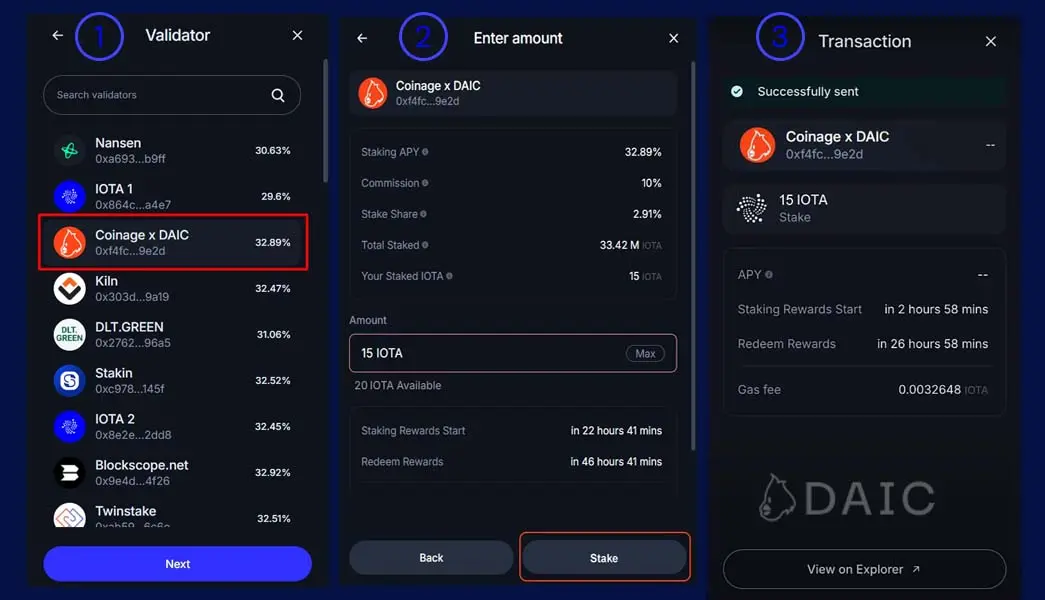
✅ Checkpoint: Validator selected
Step 4: Stake
Amount
- Minimum: 1 IOTA
- Keep a small IOTA balance for fees (do not stake 100%)
Execute
- Enter stake amount (or Max, leaving some for fees).
- Review:
- Validator name/address
- Stake amount
- Estimated fees
- Click Stake Now and confirm in wallet.
Processing completes quickly; track via Explorer link from the wallet.
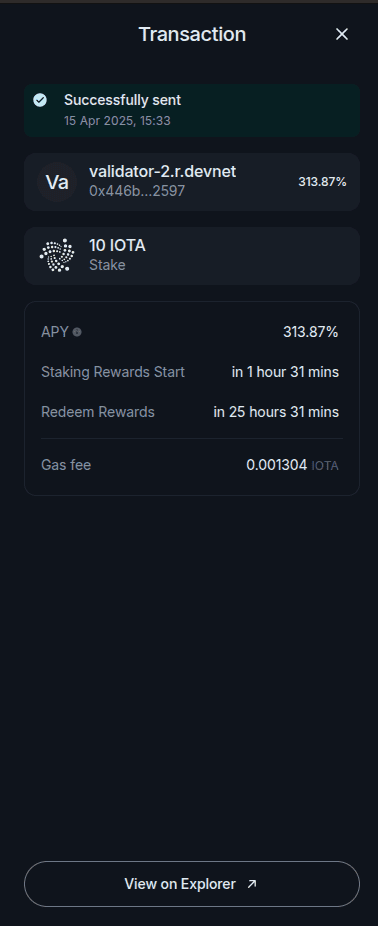
✅ Checkpoint: Status shows Staking Pending/Queued
Step 5: Verify Activation
- Open My Stakes/Portfolio.
- Confirm:
- Stake amount
- Validator
- Status: Active after next epoch (~24h)
- Next reward timing
Bookmarks:
- Wallet Dashboard
- Explorer position for your stake/validator
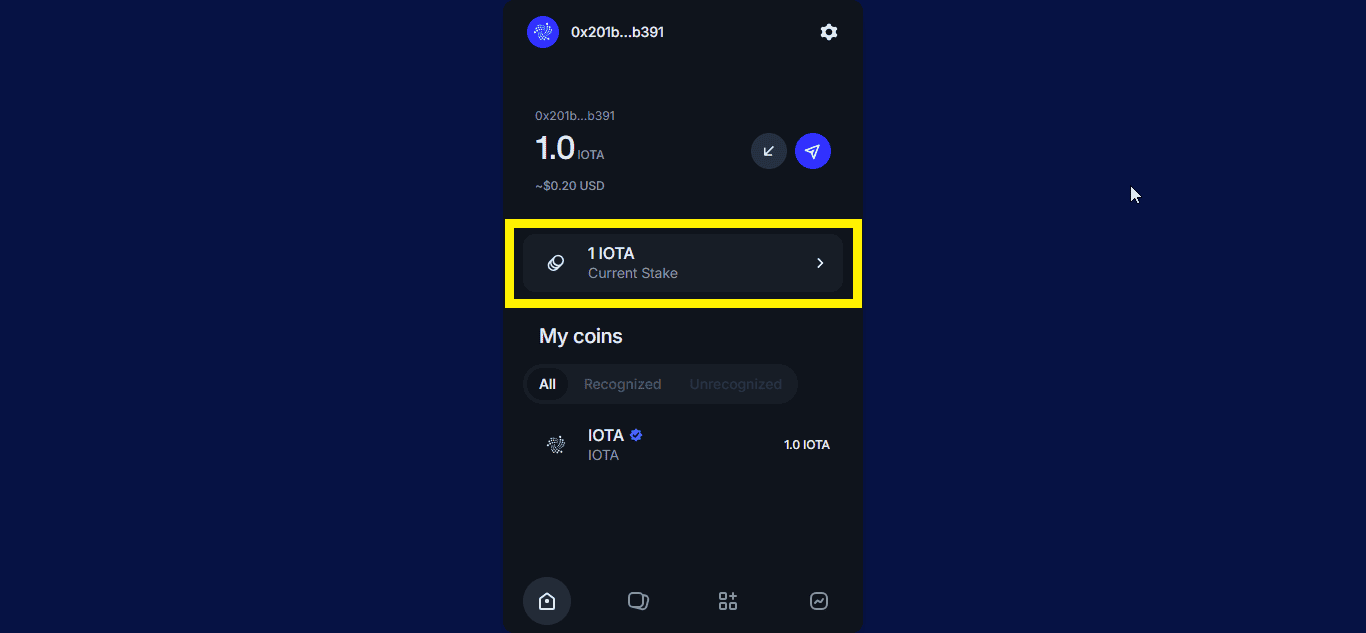
Timeline
- Immediate: Stake tx confirmed; appears in portfolio
- Next epoch (~24h): Becomes Active; rewards start
- End of each epoch: Rewards auto-credited inside the pool (auto-compounding)
✅ Checkpoint: You know when rewards start
Step 6: Track Rewards
View in wallet:
- Total Staked
- Accrued Rewards (reflected via pool exchange rate)
- APY (indicative; varies)
Notes:
- Rewards compound automatically at epoch boundaries.
- No manual “claim” needed under exchange-rate model.
- To realize rewards to liquid IOTA, Unstake.
Optimize (Optional)
- Diversify across 2–3 validators to reduce operator risk.
- Reassess validator uptime/commission periodically.
- If a validator degrades, Unstake then Stake with another; changes take effect next epoch.
Troubleshooting
Transaction failed
- Ensure fee balance > 0
- Validator address verified
- Network set to mainnet
- Try a smaller amount
Rewards not visible
- Wait for next epoch to complete
- Refresh wallet/Explorer
- Check validator active status
Wallet connection issues
- Update wallet extension
- Clear site permissions/cache
- Try another Chromium-based browser
Validator missing
- Confirm you’re on mainnet
- Validator may be inactive/removed; pick another
Security
- Never share seed phrase
- Prefer hardware wallet support for large balances (Ledger when supported)
- Verify URLs and extension publisher
- Maintain multiple offline backups of the recovery phrase
Summary
Congratulations! 🎉 You've successfully completed the IOTA staking tutorial. Here's what you accomplished:
✅ Installed the IOTA Wallet — Set up your secure wallet with recovery phrase
✅ Selected a validator — Chose a validator using verifiable metrics and performance data
✅ Staked IOTA — Successfully staked your tokens and confirmed the transaction
✅ Verified activation — Tracked your stake status and understood the reward flow
✅ Learned management — Now know how to switch validators or withdraw when needed
Quick Reference Guide
Keep this handy for your staking journey:
| 📋 Action | 📍 Location | 📝 Notes |
|---|---|---|
| Check balance | Wallet → Home / Dashboard | View total staked + rewards |
| Stake more | Wallet → Staking → Stake | Add to existing position |
| Switch validator | Unstake → Restake | Takes effect next epoch |
| Unstake | Wallet → Staking → Unstake | Rewards paid at epoch end |
| View validators | IOTA Explorer | Check performance & APY |
💡 Pro Tip: Bookmark your wallet dashboard and the IOTA Explorer for easy access to your staking portfolio.
Related Articles
Continue your staking education with these guides:
- Understanding IOTA Staking Rewards — Learn how rewards are calculated and what affects your returns
- Welcome to IOTA Staking Blog — Discover more resources and tools for IOTA staking
Note: More guides coming soon, including Validator Selection Guide and Staking Optimization Strategies.
Tagged with:
Written by IOTA Staking Team
Expert in IOTA staking, blockchain technology, and DeFi strategies. Providing actionable insights to help you maximize your staking rewards.
Related Articles

IOTA at 10: The Decade-Long Bet on Bringing the Real World Onchain
After a decade of building, IOTA is emerging as the blockchain backbone for global trade. Here's how $33 trillion in commerce is going digital.

An Open Letter from an IOTA OG: We Didn't Just Survive – We Won
A retrospective on holding IOTA from 2017 to today, the transition to real-world adoption, and why staking is the victory lap.

IOTA trust framework and stablecoins spark staking hype
IOTA's new trust framework, stablecoin tests on Testnet, and global hackathons are setting up fresh opportunities for IOTA stakers.
